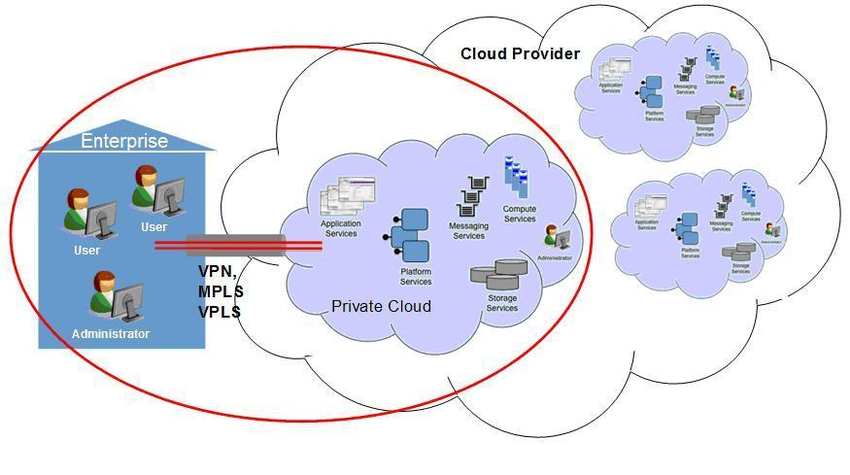Evaluating Alternatives for Establishing a Hybrid Cloud - Key Questions and Considerations
Transitioning to a hybrid cloud offers organizations the best of both worlds: the scalability of public clouds and the security of private clouds. However, to ensure a seamless and effective setup, it’s essential to evaluate multiple factors. This post explores crucial questions and considerations, from assessing public cloud providers to avoiding supplier dependency, for a successful hybrid cloud strategy.
Essential Considerations for Hybrid Cloud Setup
1. Purpose of the Hybrid Cloud in the Short and Medium Term
The majority of organizations implement hybrid clouds for disaster recovery, aiming to achieve operational continuity within 12-18 months. With disaster recovery now widely available in public clouds, medium-sized companies can access these services without investing in extensive data centers.
- Key Action: Identify technologies that minimize complexity and maximize automation to keep operations efficient and manageable.
2. Selecting the Right Public Cloud Providers
Choosing the right public cloud provider requires a careful analysis of cost, support, scalability, and service quality. While services from Amazon or Azure might seem like obvious choices, each organization should weigh factors like:
- What is offered in exchange for costs?
- What will be managed on the cloud?
- What level of support is expected?
Tip: For cost-sensitive setups, opt for a mix of providers to balance performance and affordability, while ensuring essential support for critical operations.
3. Platform Selection for Application Compatibility
Different applications have distinct requirements, from large virtual machines to high data throughput. For optimal cost and performance balance, evaluate platforms based on:
- Application requirements: Identify the most resource-intensive applications and the specific performance they need.
- Unified Management: Aim for platforms that allow seamless migration and integrated management, minimizing compatibility issues.
4. Hybrid Cloud Management Strategies
Effective hybrid cloud management requires comprehensive oversight across storage, compute, and networking resources.
- Unified Management Platform: A self-service public cloud portal alone is insufficient. Organizations need a centralized system capable of managing hybrid resources from a single interface, simplifying day-to-day operations.
5. Integrating the Cloud with Existing Operations
A successful hybrid cloud requires aligning with current operations, particularly when implementing a public cloud component. Changes in workflows and staff training might be necessary to avoid disruptions.
- Addressing Resistance: Employees often resist change. Provide training and align new workflows with existing ones to facilitate smooth adoption.
6. Competency Requirements for Hybrid Cloud Management
Organizations should assess their current technical capabilities, ensuring their staff is equipped to manage a hybrid environment.
- Necessary Skills: With hybrid cloud, traditional IT skills, such as hardware management, become less central, and new skills like cloud integration and administration become critical.
7. Preventing Supplier Dependency
Avoiding vendor lock-in requires understanding an organization’s technical and financial limitations and being vigilant about supplier agreements.
- Flexible Platform Solutions: Using cross-platform management tools reduces dependency on a single provider, allowing seamless movement of workloads.
- Negotiating Contracts: Carefully negotiate terms to avoid restrictive long-term contracts, and aim for agreements that preserve flexibility.
Future Outlook
Hybrid cloud strategies are increasingly favored for their flexibility, cost savings, and disaster recovery capabilities. By taking a calculated approach—starting with smaller investments and maintaining flexibility—businesses can effectively transition to a hybrid model that aligns with their operational needs.
The hybrid cloud provides an adaptable solution for organizations looking to balance cost, flexibility, and security. By carefully evaluating provider options, management strategies, integration plans, and supplier relationships, companies can establish a hybrid cloud environment that enhances efficiency and resilience. This structured approach enables businesses to fully realize the hybrid cloud’s potential, optimizing their IT resources while minimizing risks.
